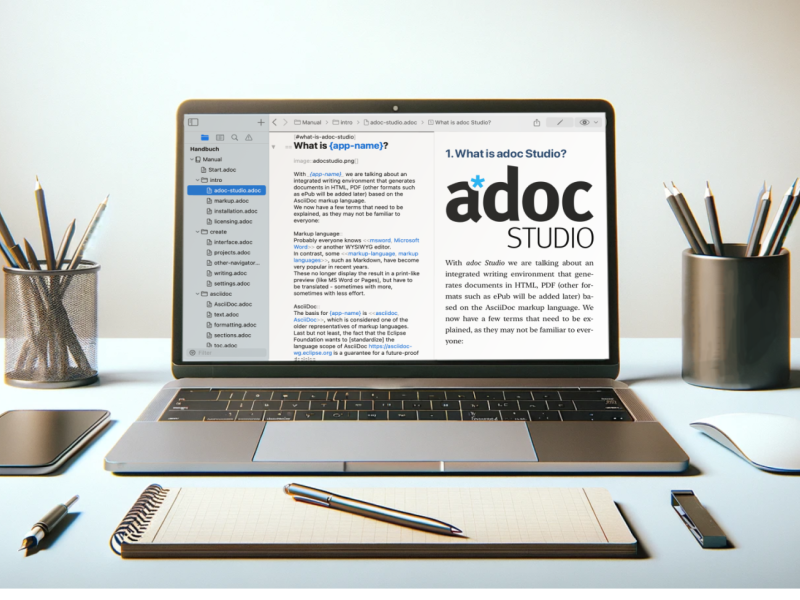Posted in technical writing.
Mastering API Documentation: 5 Essential Tips for Beginners
Marvin Blome – .
Learn how to create clear and developer-friendly API documentation. Tips for structuring, writing, and testing your docs!
An API (Application Programming Interface) is an interface that enables software applications to communicate with each other and exchange data. It defines how functions are called, data is sent, and responses are received.
Documentation for programming interfaces is often described as the glue that holds modern software ecosystems together. Without it, developers are left guessing how to integrate, extend, or troubleshoot an API —often leading to frustration and missed opportunities. However, API documentation is not just about listing endpoints and methods; it's about creating an optimal user experience. So how do you create documentation that is not only functional but also user-friendly?
Here are some practical tips to help you become an expert in API documentation.

1. Understand Your Audience And Speak Their Language
Here’s the thing: your API documentation isn’t for you. It’s for the developers who will actually use your API. Some will be seasoned experts who only need a quick reference guide. Others may be less experienced and need more hand-holding. The key is to strike a balance.
Ask yourself:
Do you need to include beginner-friendly content, like explanations of basic concepts?
Should you include advanced use cases for power users?
Pro tip: Use consistent terminology and avoid overly technical jargon unless it’s necessary. Nobody wants to spend time deciphering cryptic explanations.
2. Structure Is Everything
Imagine walking into a library where books are scattered all over the floor. That’s what poorly organized API documentation feels like. Developers should be able to navigate your content effortlessly—without needing a treasure map.
Your structure should include:
Getting Started Guides: Offer simple steps to set up and start using the API.
Endpoint References: Provide detailed descriptions of each endpoint, including parameters, responses, and error codes.
Code Examples: Show snippets in common programming languages so developers can see your API in action.
FAQs: Anticipate common stumbling blocks and address them upfront.
And don’t underestimate the power of a search bar. A good search function can save developers hours of frustration.
Subscribe to our Newsletter.
3. Write Like a Human, Not a Machine
Sure, API documentation is technical writing, but that doesn’t mean it has to read like a physics textbook. Use an approachable tone and break down complex ideas into digestible pieces.
Here’s a quick example:
Instead of saying, “The payload must adhere to JSON schema v4,” try:
“Make sure your data is formatted as JSON (using schema v4) so the API can process it correctly.”
Sounds a little friendlier, doesn’t it?
4. Use Tools That Make Life Easier
Writing API documentation doesn’t have to feel like reinventing the wheel. Tools like adoc Studio can simplify the entire process, offering templates, version control, and built-in formatting options. By automating repetitive tasks, you can focus on creating high-quality content instead of wrestling with formatting.
5. Test, Test and Test again
Finally, never release documentation without testing it first. Think of it as debugging your content. Ask a colleague or beta user to follow your instructions step by step. If they get stuck or confused, your documentation needs work.
Final Thoughts
Creating effective API documentation is as much about clarity and empathy as it is about technical precision. When done well, it can transform your API from a mysterious black box into an inviting and intuitive tool that developers actually want to use.
So, take the time to structure, simplify, and test your documentation. After all, a little effort on your end could save countless hours for your users. And isn’t that what great tech writing is all about?
You might also like
-
What is Technical Writing?
- Marvin Blome
- Published on
-
AsciiDoc in Comparison
- Marvin Blome
- Published on
-
Markup versus WYSIWYG
- Marvin Blome
- Published on




